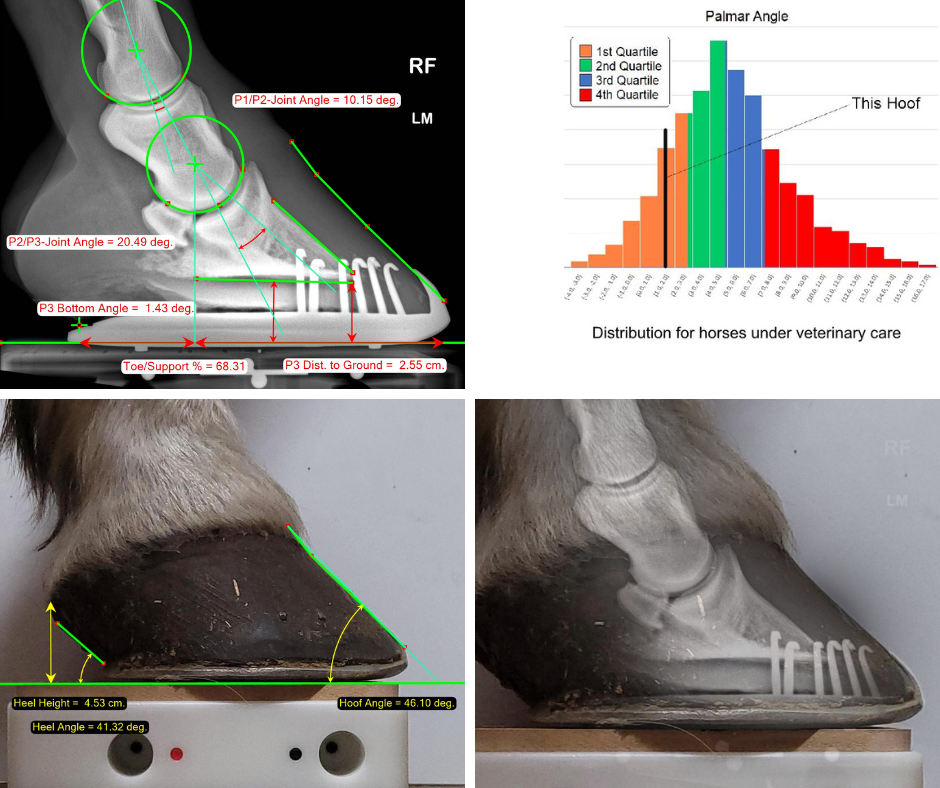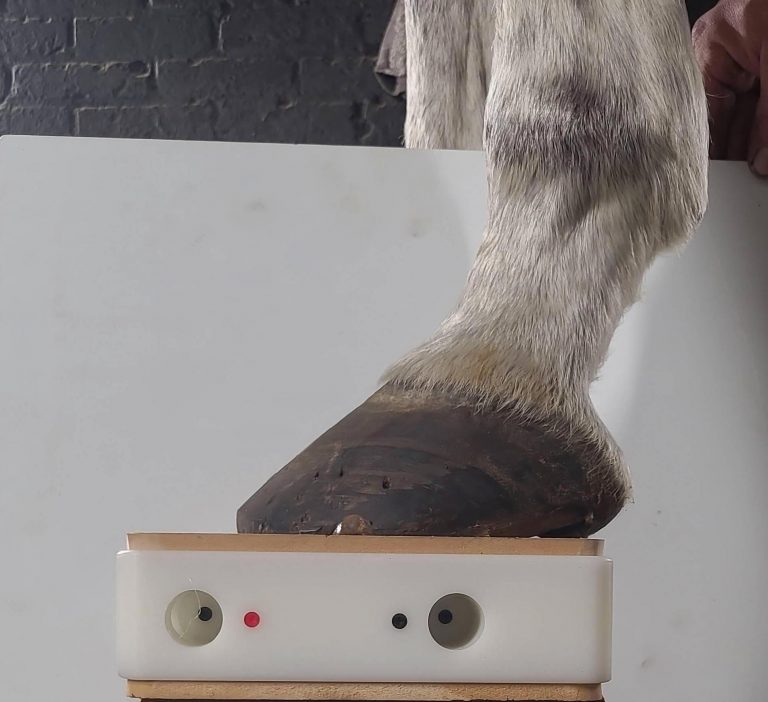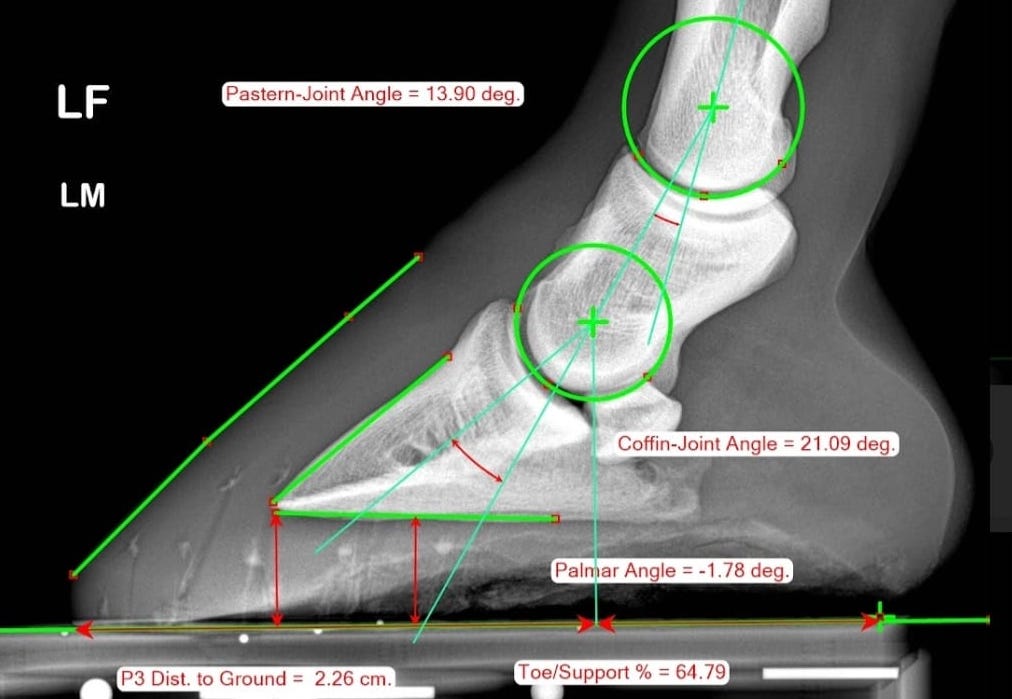Founded by the equine veterinarian Robrecht Vanhoutte in 2015, the Paardenkliniek Buitenzorg is entirely dedicated to the horse care in the Netherlands.
Specialized in equine orthopedics, Dr Vanhoutte is member of the ISELP (International Society of Equine Locomotor Pathology) and works in association with Loes Spanjaards in charge of the treatment and rehabilitation of horses thanks to laser techniques, stem cells, IRAP etc.
The clinic also offers equine chiropractic care. The farriery follow-up is carried out in association with Jan Willem Gerritsen.
Emphasis on the collaboration between veterinarian and farrier for the orthopedic health of the horse
Paardenkliniek Buitenzorg attaches a particular importance to the collaboration between professionals for an optimal follow-up of the horses for which they are responsible.
For example, the referral farrier of the clinic is Jan Willem Gerritsen, founder of Gerritsen Orthopedisch Hoefbeslag.
The collaboration is based on a deep knowledge and trust between the respective expertise of each professional as highlighted by Robrecht "As we have the same vision on shoeing horses, we always agree with each other. Working with a farrier or vet you don’t know often results in conflicting visions on the feet/patient."
Technologies also complement the experience of the equine professionals for ever more advanced care of the horses.

Dealing with the negative palmar angle
According to Dr Robrecht Vanhoutte, the factors that can lead to the negative palmar angle could be the limb conformation of the horse, the kind of work the horse undergoes (example the disciplines with a lot of load. More the horses are subjected to heavy loads the higher the incidence of the problem), the overall management of the horse and most particularly the hooves, improper hoof balance, wrong shoeing, etc.

There are also many challenges veterinarians and farriers need to face to deal with the retroversion of the third phalanx. One of the biggest being the motivation of the owners.
The management of the negative palmar angle could take a really long time to fix (if it can be fixed). The first tests can sometimes cause discomfort for the horse.
This can lead professionals to seek other solutions better suited to each particular case as brought out by a recent experience experienced by Dr Vanhoutte : "Finding the right hoof padding for the specific patient to apply pressure on the frog. We recently had the case of a horse with really bad feet. In its case, applying pressure on the frog caused more lameness in the beginning."
The trimming has also a big importance on the joint angles. The respect of the hoof balance is essential and it is recommended to first try to correct the basics, then start trying to fix the negative angle.
On the x-rays below you can see the palmar angle changes with 3 degrees almost, just by trimming the foot to the best balance achievable.

Fixing P3 positioning
Orthopedic horseshoes and hoof pads are regularly used for the management of the negative palmar angle. Can a horse with a negative palmar angle be shoed with a simple horseshoe?
Dr Vanhoutte explains :
“It should be possible if the angle is not too negative (or between 0 and 3 degrees) and as stated earlier, depending on the conformation, the management, and the type of work.
At the clinic, our goal is to shoe the horses as normally as possible, but we seldomly use horseshoes with one lip on the front feet (those shoes are fairly normal in the Netherlands).”






One Comment
Mustajab H Mirza
nice work, i believe it it is in the class room early on then its a good science. This information will make into the mainline textbooks hopefully soon as it is good information. However students need to be taught this as well. Hope this helps. keep up the good work!